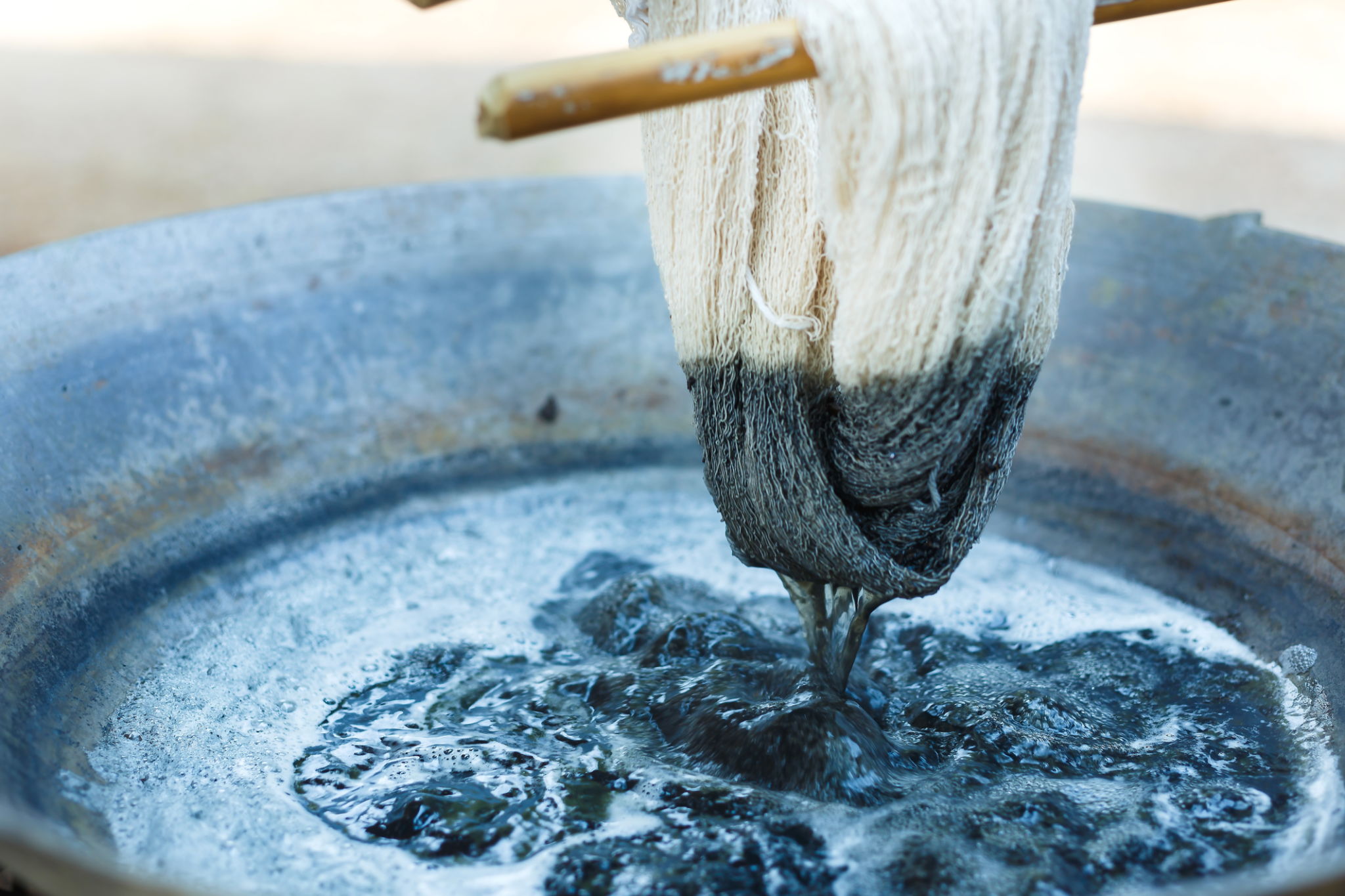Myth-Busting: Common Misconceptions About Plant Extracts in Textiles
Understanding Plant Extracts in Textiles
In recent years, the textile industry has witnessed a growing interest in sustainable and eco-friendly alternatives. One such innovation is the use of plant extracts in textiles. However, like many emerging technologies, there are several misconceptions surrounding their use. This blog post aims to debunk some common myths about plant extracts in textiles, providing clarity and insight into this exciting development.

Myth 1: Plant Extracts Compromise Fabric Quality
A prevalent misconception is that integrating plant extracts into textiles compromises their quality. In reality, plant extracts can enhance fabric properties. For instance, certain extracts provide natural antimicrobial features, increasing the longevity of textiles by preventing bacterial growth. Additionally, many plant-based dyes offer vibrant and long-lasting colors without harming the fabric's integrity.
Myth 2: Plant-Based Textiles Are Not Durable
Another myth is that textiles made with plant extracts lack durability. On the contrary, these materials can be just as robust as their synthetic counterparts. The key lies in the specific plants chosen for extraction and the methods used in processing. Properly processed plant-derived materials can produce textiles that withstand regular wear and tear while maintaining their aesthetic appeal.

Myth 3: They Are Inefficient and Costly
Many believe that using plant extracts in textiles is inefficient and costly. While initial investments in research and development may be high, the long-term benefits are substantial. As technology advances, the cost of production decreases, making these textiles more accessible. Moreover, the sustainable nature of plant-based textiles can lead to savings in environmental costs, contributing to a more balanced ecosystem.
Myth 4: Limited Color Options
It is a common belief that plant extracts offer limited color options compared to synthetic dyes. However, nature provides a wide palette of hues. From indigo to turmeric and beetroot, a variety of plants can be harnessed for vibrant colors. The challenge lies in perfecting extraction and application techniques to achieve consistency and vibrancy without synthetic chemicals.

Myth 5: Plant Extracts Are Only Suitable for Niche Markets
Some assume that plant-based textiles are only suitable for niche markets focused on sustainability. In reality, as consumer awareness grows and demand for eco-friendly products increases, mainstream markets are beginning to embrace these textiles. Brands across the globe are integrating sustainable practices into their production lines, creating a broader market for plant extract-based textiles.
The Future of Plant Extracts in Textiles
As we debunk these myths, it becomes evident that plant extracts have tremendous potential in revolutionizing the textile industry. By offering sustainable solutions without compromising quality or aesthetics, they represent an important step towards a more environmentally conscious future. Continuous research and development will likely lead to even more innovative applications, making plant extract-based textiles a staple in both fashion and functional fabrics.
In conclusion, understanding plant extracts' role in textiles requires dispelling myths and embracing scientific advancements. As consumer interest in sustainable options grows, so too will the industry’s capacity to deliver high-quality, eco-friendly textiles that cater to diverse markets and preferences.
